When Two Economists Scientifically Ranked New York’s Best Deli Sandwiches
The Madansky-Shubik experiment settled one beef and started many more.
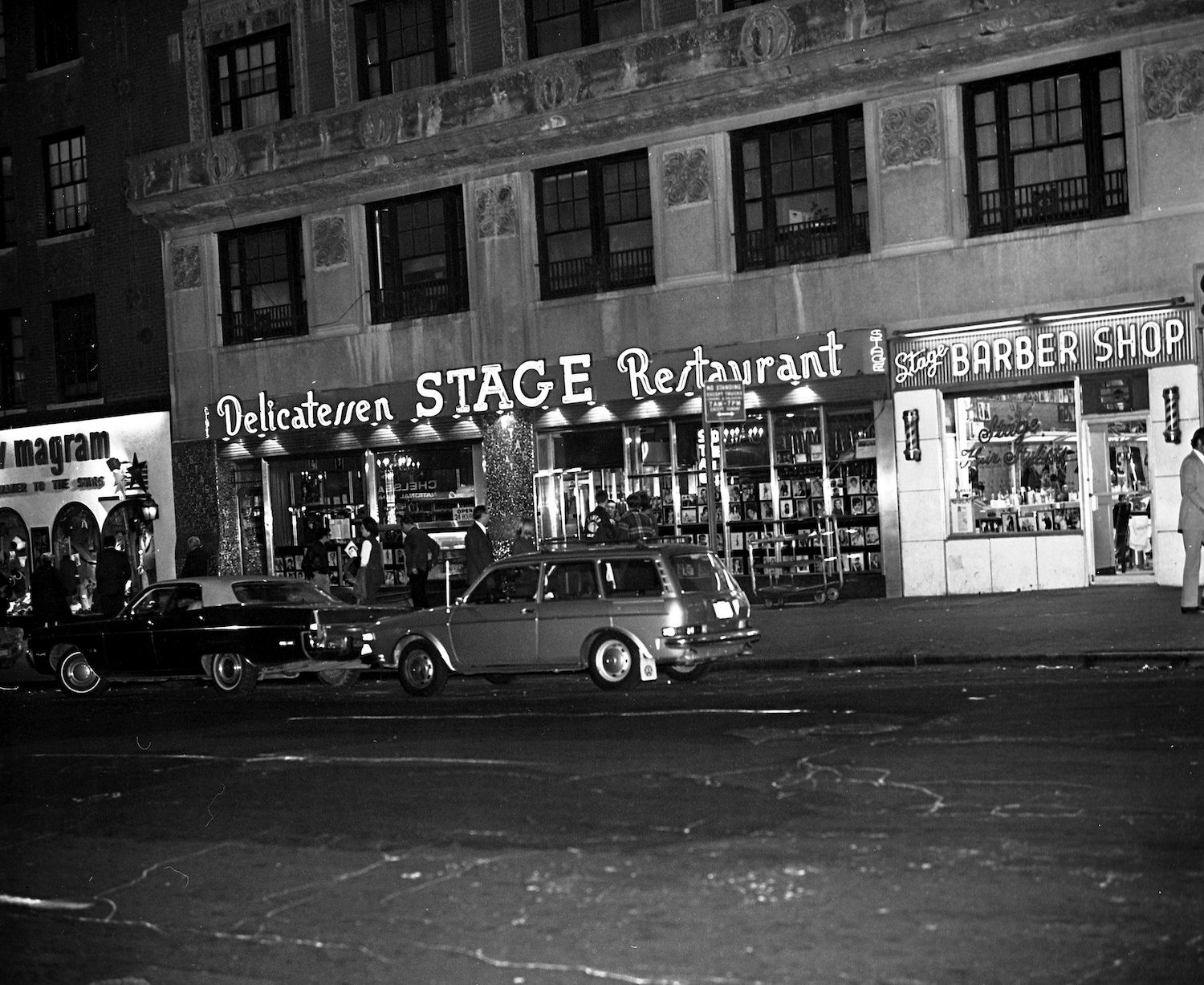
In the summer of 1972, a stretch of sidewalk on New York’s 54th Street, near 7th Avenue, was bustling. The landlocked patch of cement in front of the Stage Deli earned the nickname “Bagel Beach,” because diners gathered there to hang out and chow down at all hours.
As New York institutions, delis reigned supreme, and the Stage reigned among them. That August, the city presented the restaurant with a key to the city for, as New York Times “Saloon Editor” Earl Wilson put it, serving “the city heartburn for 35 years.” Local gossip columnists noted its comings and goings; it’s where Goldie Hawn, over a bowl of piping-hot matzo ball soup, told Wilson that she was expecting a baby, and where another reporter observed that Frank Sinatra’s late-night order was five sandwiches, picked up at 3:30 a.m., wrapped to go.
For all its notoriety, the Stage was far from the only joint in town. By one estimate, the city boasted as many as 1,500 delis by the 1930s, most of them opened by European Jews, and everyone had a favorite. So, in the mid-1970s, two university professors set out to chew over a tough question: Which deli was truly the best?
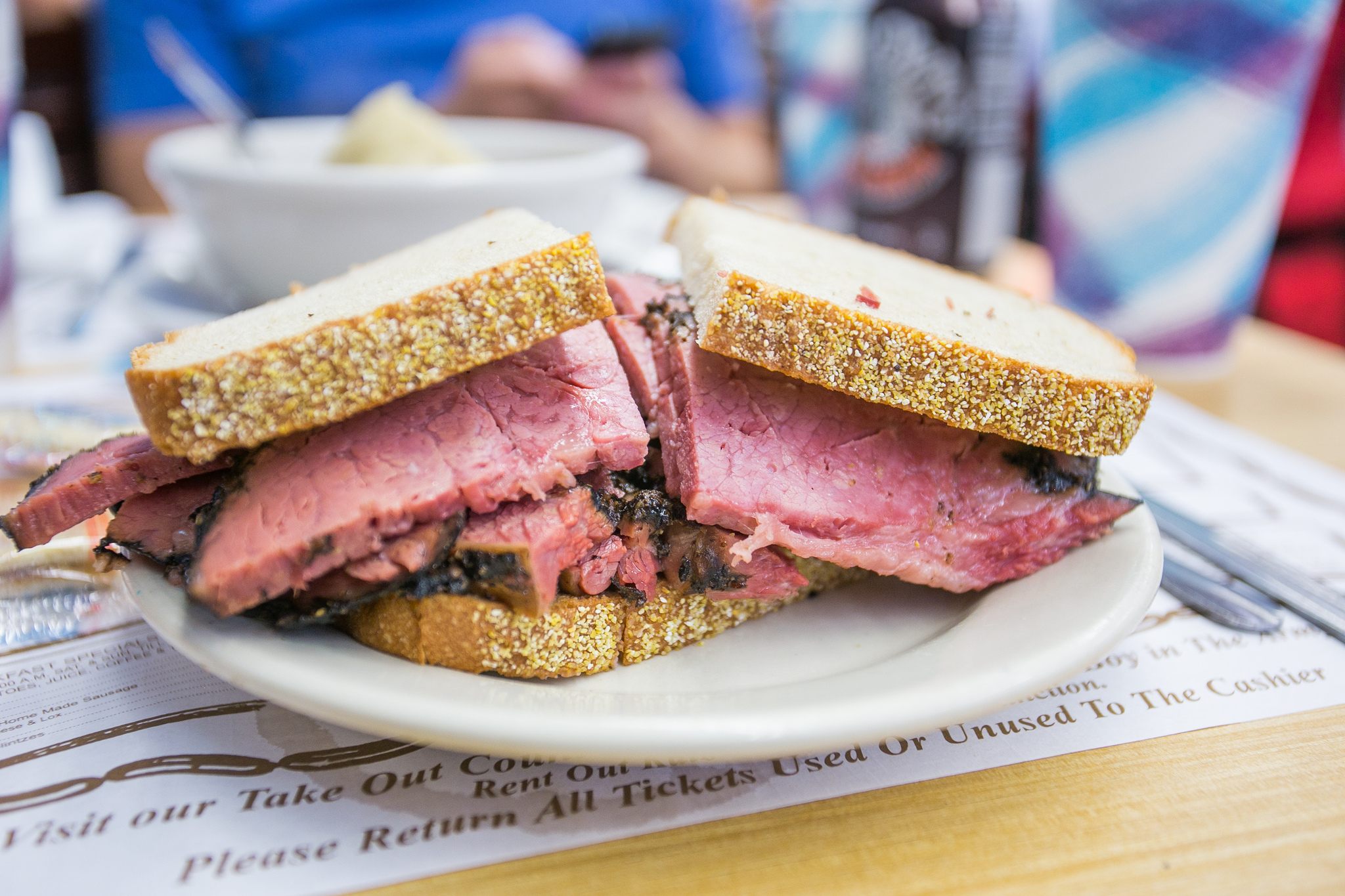
At noon on a January day in 1975, Albert Madansky, a professor at the University of Chicago’s Graduate School of Business, and Martin Shubik, an economist from Yale University, sat down in a nondescript office building in midtown Manhattan in front of a specially curated buffet: a blind taste-test of sandwiches from four of the city’s preeminent delis: Stage, Carnegie, Gaiety-East, and Deli-East. The subjects of their analysis were corned beef and pastrami, and their tools included pickles, mustard, Dr. Brown’s Cel-Ray soda, and stomachs of steel.
The eight sandwiches were placed on numbered plates, and the researchers took notes as they noshed. They then ranked them, over wedges of cheesecake, cups of coffee, and cigars.
“The Deli-East came out a clear first, and the Stage came out a clear fourth,” the authors wrote in an amiable paper that they published—abstract, tables, and all—in The University of Chicago Magazine in spring 1976. Deli-East won on price, too: $1.10 per sandwich, to Stage’s $1.20.
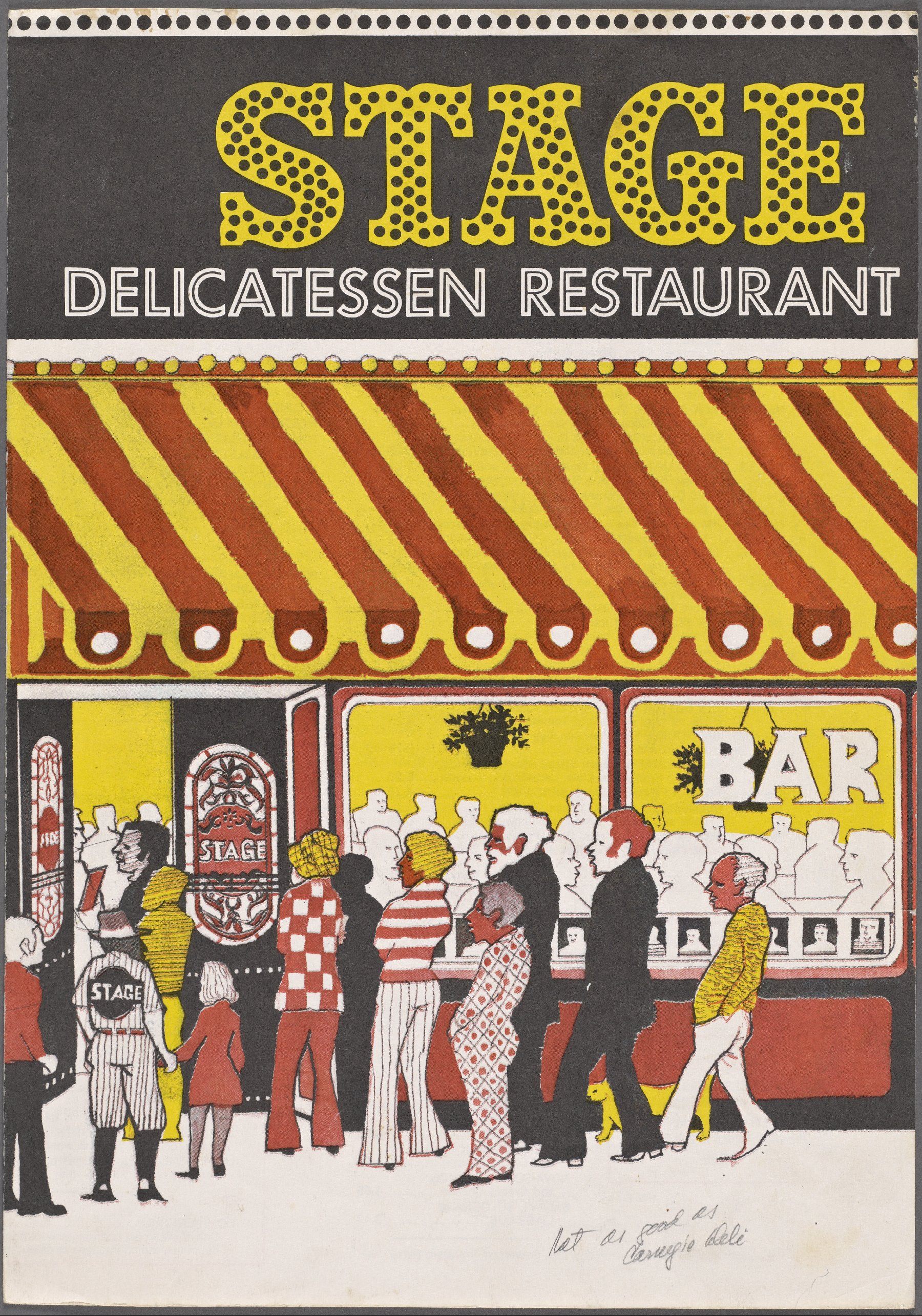
As is customary in many peer-reviewed journals, the authors appended letters from outside readers who raised methodological quibbles. “The cold, precise Madansky-Shubik experiment is almost irrelevant,” wrote Irving Roshwalb, a senior vice president at Audits and Surveys, a market research firm. Roshwalb argued that the pair had missed a critical point: that sandwiches eaten outside of the deli environment will never taste as good, as the experience omits the tantalizing sight of salted, cured meat being speared, sliced, and heaped onto bread, and the “seductive aroma of the pastrami preceding you.”
“All the rest—the quality of the bread, the tenderness and thinness of the slices of meat, the pickles, mustard, coleslaw, the Dr. Brown’s—are certainly necessary conditions for the power of the sandwich to satisfy,” he continued. “But these are hardly sufficient conditions.” The true test, he wrote, “would be one requiring a measurement of the quantity of saliva induced in each of these men by the mere mention of the names of each of the delicatessens.”
The writeup generated a bit of attention, including in the Los Angeles Times, where columnist Jack Smith agreed with Roshwalb. Smith’s first column about the deli paper spawned two more, in which he excerpted letters from readers. (“Rarely have so many readers agreed with me,” he wrote, with the glee of a columnist vindicated.)
Shubik responded to Smith, in a letter that sprawled across more than three single-spaced pages. Some of these he devoted to shuddering at readers’ suggestions for alternate deli pairings. Black cherry soda and sauerkraut must be a cruel joke, he wrote—“Like champagne to caviar or Petrus to a filet mignon so is Celray [sic] unto Pastrami.” Shubik spent the rest of the letter defending his sociological project, “a modest attempt to preserve for the annals before it became too late, a record of the Great American Vanishing Species known as the Pastrami and the Corned Beef Sannawiches.”
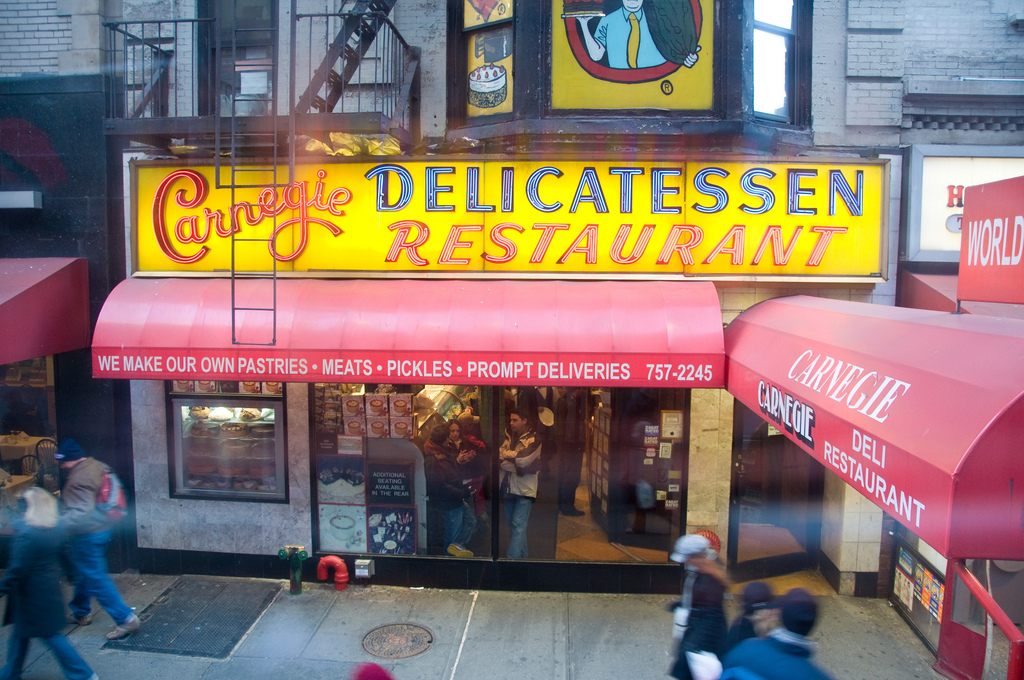
Shubik feared for the future of the classic New York deli in a world turning its appetite to health food. Pastrami maestros had dwindled to “a precious few,” and the “sound of fresh rye, warm from a morning delivery, being sliced on the spot has vanished as surely as the cries of ‘fresh lavender’ or ‘mutton pies’ have vanished from modern London.” His recommendation was to savor the last moments of a culinary art form. “Run, my friend—do not walk, for time is short and the world is about to be buried in bran flakes.”
Indeed, today New York does not have quite so many places to get proper deli, but the city isn’t exactly buried in bran, either. There’s limitless choice (healthful and otherwise). Still, while some delis hang on—Katz’s remains a landmark, and the Second Avenue Deli is holding strong in new digs—their share of New York’s heartburn is shrinking. Stage shuttered in 2012, age 75, unable to keep up with rising rent. Of the four delis in the study, Carnegie is the only one left, but without its flagship location, which last bussed its tables in 2016. As its manager, Jose Robles, told the New York Daily News when Stage closed, “There’s not a lot of delis like this left.” But debates about who has the best pastrami—those aren’t going to end.
Gastro Obscura covers the world’s most wondrous food and drink.
Sign up for our regular newsletter.






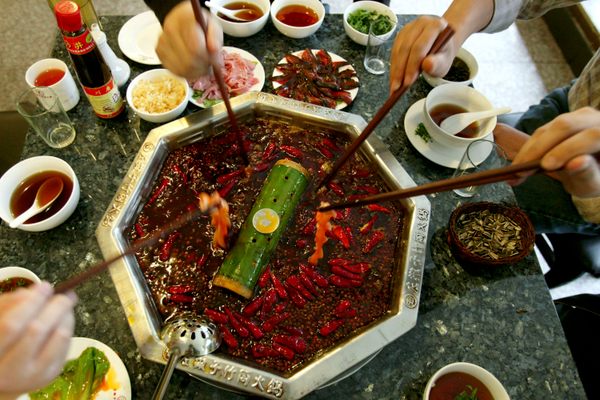


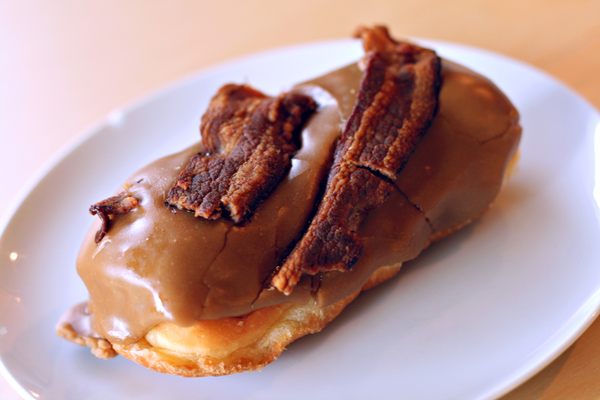









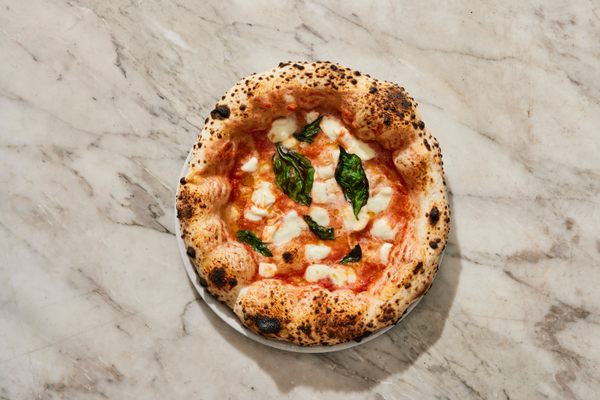


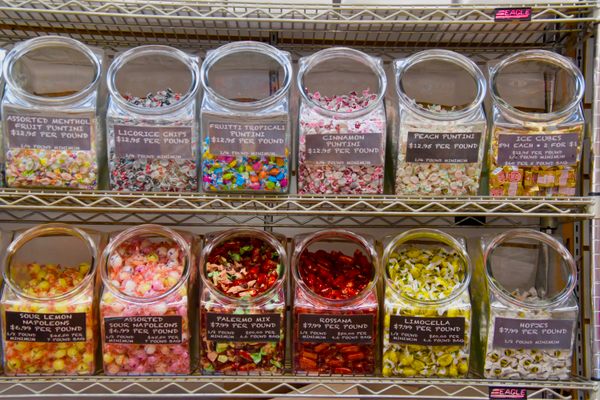



Follow us on Twitter to get the latest on the world's hidden wonders.
Like us on Facebook to get the latest on the world's hidden wonders.
Follow us on Twitter Like us on Facebook